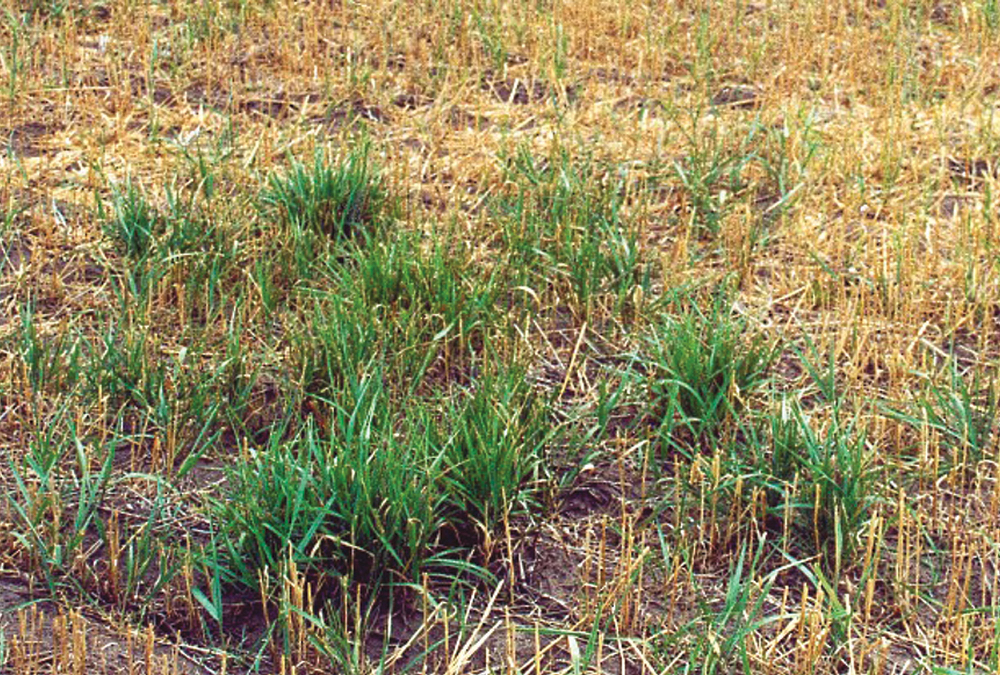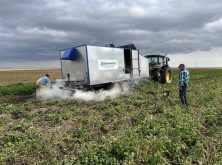Q: Should I be thinking about resistance management at harvest?
A: We don’t often think about resistance management after harvest, but both during and after harvest is a great time to start observations and applications.
As you begin harvesting your crops, take detailed notes about the weed populations you find. Each field will tell a story about your weed control strategies and how effective they are. Once you identify the weeds present and of concern, you can adjust plans starting in the fall. Post-harvest applications can be made for perennial control, winter annual control or pre-emergent weed control, especially as part of a resistance management plan.
Read Also

Claas brings 1000 Series SP forage harvesters to Canada
In mid-August, Claas unveiled its new line of Jaguar forage harvesters at an event in Visalia, California, deep in the heart of that state’s dairy region.
Layering of herbicides has been shown to be one of the most effective tools for resistance management. After you’ve determined the target weed or weeds, work with your crop adviser on product selection and application timing. These products have residual effects and growers must be aware that this can limit next year’s crop choices. Another limitation of some newer pre-emergent products is the need for rainfall to trigger activation. Applications in late fall can eliminate this need as snowmelt can activate the product in spring. And depending on the product selection, some field preparation and/or equipment rental may be required.
In my experience, growers who plan have more success in finding the time prior to freeze-up for these applications. Another great benefit is that most of these products can also be applied in the spring, so if Mother Nature doesn’t co-operate, growers may have a second chance for application.
Twyla Jones, PAg, CCA, is a manager of agronomic services for Nutrien Ag Solutions in north-central Alberta.















